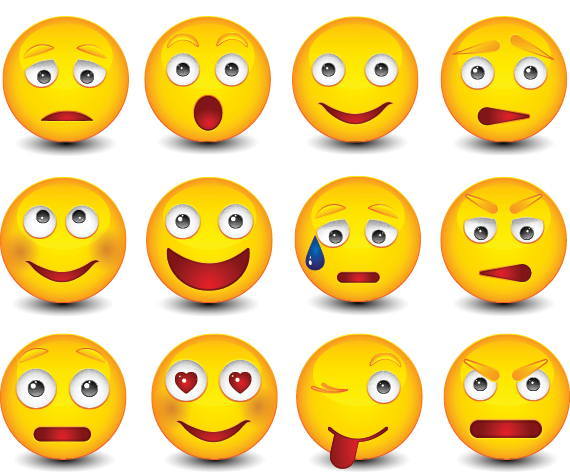We all know negative feelings can have physiological consequences. When we are stressed or anxious for a prolonged period of time, for example, our blood pressure spikes, our stress hormone levels soar, and our weight inflates—all of which can impact our long-term health. On the flip side, positive emotions have been linked to lower incidences of disease and increased life spans.
But it’s not just general happiness that does the trick. In fact, if you walk around in a steady, blissed-out state, you might not be reaping the same health benefits as people who experience a wide range of positive emotions, some of which are associated with happiness and some of which are not. A person who reports feeling excitement, pride and contentment over the course of a day, even if she or he doesn’t cop to being particularly “happy,” might be healthier in the long run.
The concept of emodiversity—experiencing a wide and rich range of emotions—was introduced in 2014 by positive psychology researcher Jordi Quoidbach, Ph.D., an associate professor of organizational behavior at ESADE Business School in Barcelona, Spain. He and his colleagues surveyed more than 37,000 people and found that high levels of emodiversity predicted better mental and physical health.
Follow-up research has confirmed his findings. Anthony Ong, Ph.D., a professor of human development at Cornell University and professor of gerontology in medicine at Weill Cornell Medical College, found that people who experienced diversity in their emotions had reduced inflammation levels compared to those didn’t, independent of age, body mass index and medical conditions.
Related: How Emotionally Intelligent Are You?
So how can you experience a wider range of emotions?

Name that emotion.
“The simple, daily practice of labeling and categorizing emotions in discrete terms may facilitate the experience [of emodiversity],” Ong says. Instead of saying, “I feel lousy,” on a bad day, try to distinguish exactly what you’re feeling. Guilt? Embarrassment? Fatigue? Go beyond good and bad, happy and sad. The next time you finish a big project or receive a compliment on your work, take note of your emotional state.
Take a lesson from Inside Out.
If you saw the Disney Pixar movie with your child or grandchild, or just by yourself (no judgment), you learned the important lesson that you can’t get rid of one emotion without numbing yourself to them all. “Many of us avoid emotions [like shame and guilt] without realizing the consequences of having a small emotional range,” says Anna Kress, Psy.D., a psychologist in Princeton, New Jersey. “But all emotions help us respond to our environment in an adaptive way. For example, anxiety can keep us out of danger, anger can help us establish boundaries, and sadness allows us to slow down and process a loss or seek support.” Your emotional life is a complex system of checks and balances; avoid or ignore one aspect of it, and the whole thing can fall apart.
Accept opposing emotions.
You’re in a museum, awed by an epic painting. You feel inspired, but you’re also really annoyed at the crowds. Guess what? We’re human and capable of more than one emotion—awe and agitation, in this case—at the same time. Amazing! If you can recognize both of them, you’ll have an easier time not letting the crowds bother you.
Related: 3 Emotions All Entrepreneurs Feel (and How to Keep Them in Check)
This article originally appeared in the January 2018 issue of SUCCESS magazine.


